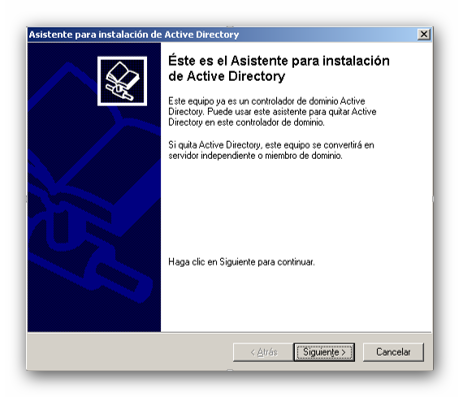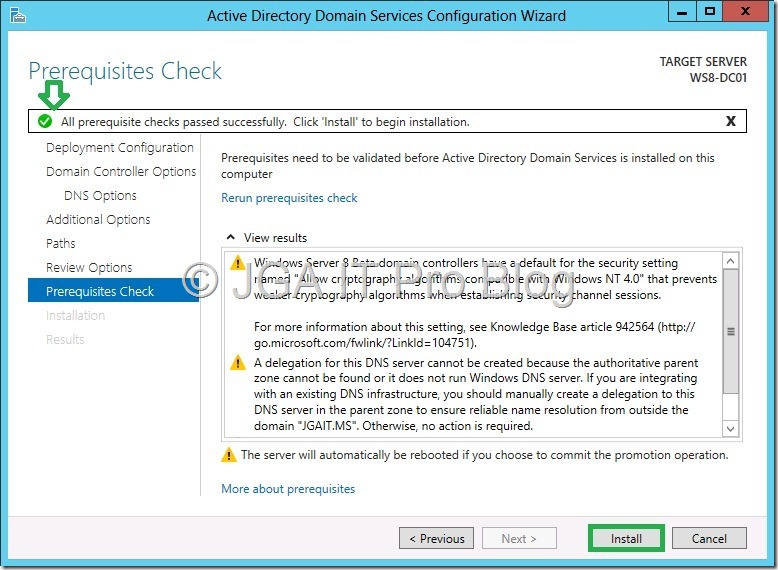



When the Welcome to Setup screen appears, press the R key to start the Recovery Console. When you receive the message that prompts you to press any key to start from the CD, press a key to start the computer from the Windows Server 2003 CD.

We’ll assume you are using Windows 2003 media.Īttach the Windows 2003 installation disc to the virtual machine disc drive, and then start the computer. Go find an ISO or DVD of any of the operating systems just listed in the title. Things are a bit different in Windows 2003. Windows 2003 R2 (Windows XP, Windows 2003)Īgain, we’re off to fix the boot path. How to use the Bootrec.exe tool in the Windows Recovery Environment to troubleshoot and repair startup issues in Windows Search the internet for a solution, and in the meantime I intend to write an article on this as well. You are now either booting into Windows, or you are not… Any blue screens I cannot help you with at this time. For step 7 type this insteadīootrec /rebuildbcd (Rebuilds entire BCD… not a really big deal) If you still do not boot into Windows, or do not have a boot menu, or something is still wrong, follow steps 1 – 6 again. Type the following command in this order to set your system straight:īootrec /scanos (Scans for Windows installations to add) If an operating system is not found simply continue anyway In the System Recovery Options dialog box, click Command Prompt. Select a language, a time, a currency, a keyboard or an input method, and then click Next.Ĭlick the operating system that you want to repair, and then click Next. We’ll assume you are using Windows 7 media.Īttach the Windows 7 installation disc to the virtual machine disc drive, and then start the computer. We’re going to fix the entire boot path, despite what part of it is broken. Windows 2008 R2 (Vista, Windows 7, Windows 2008)


 0 kommentar(er)
0 kommentar(er)
